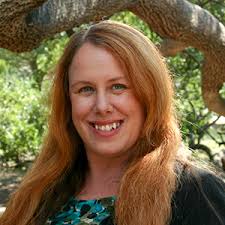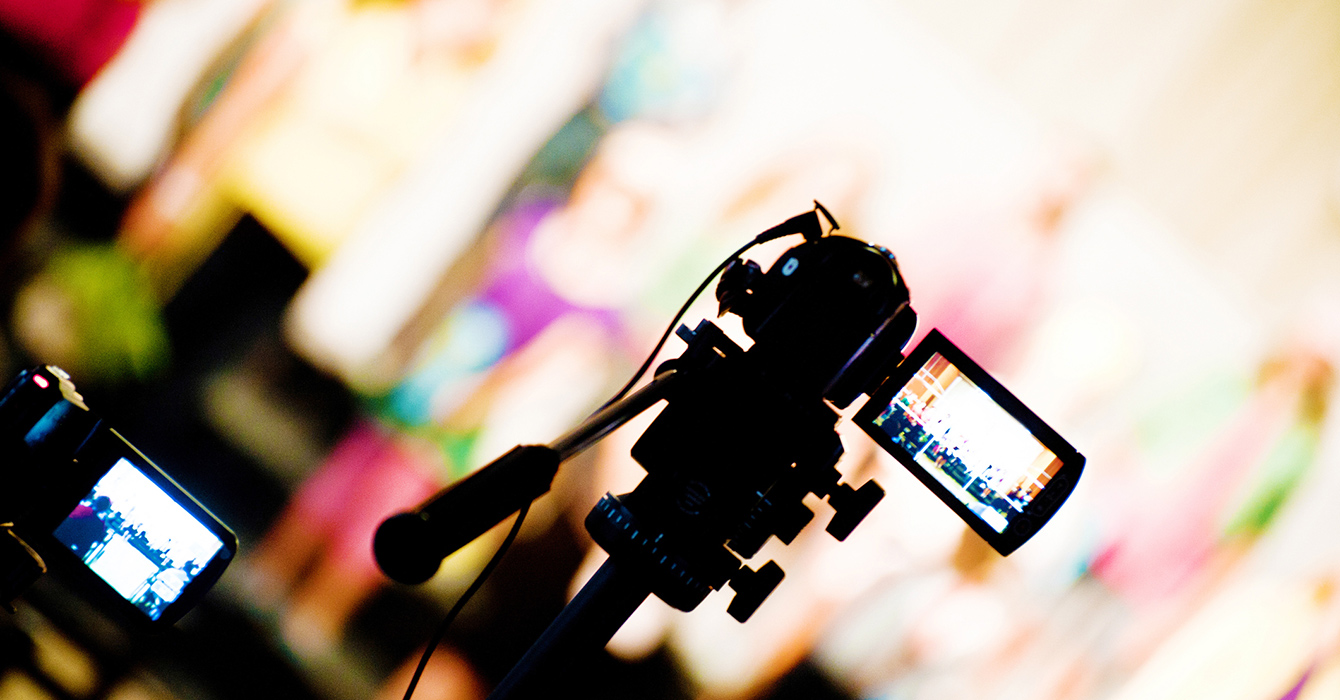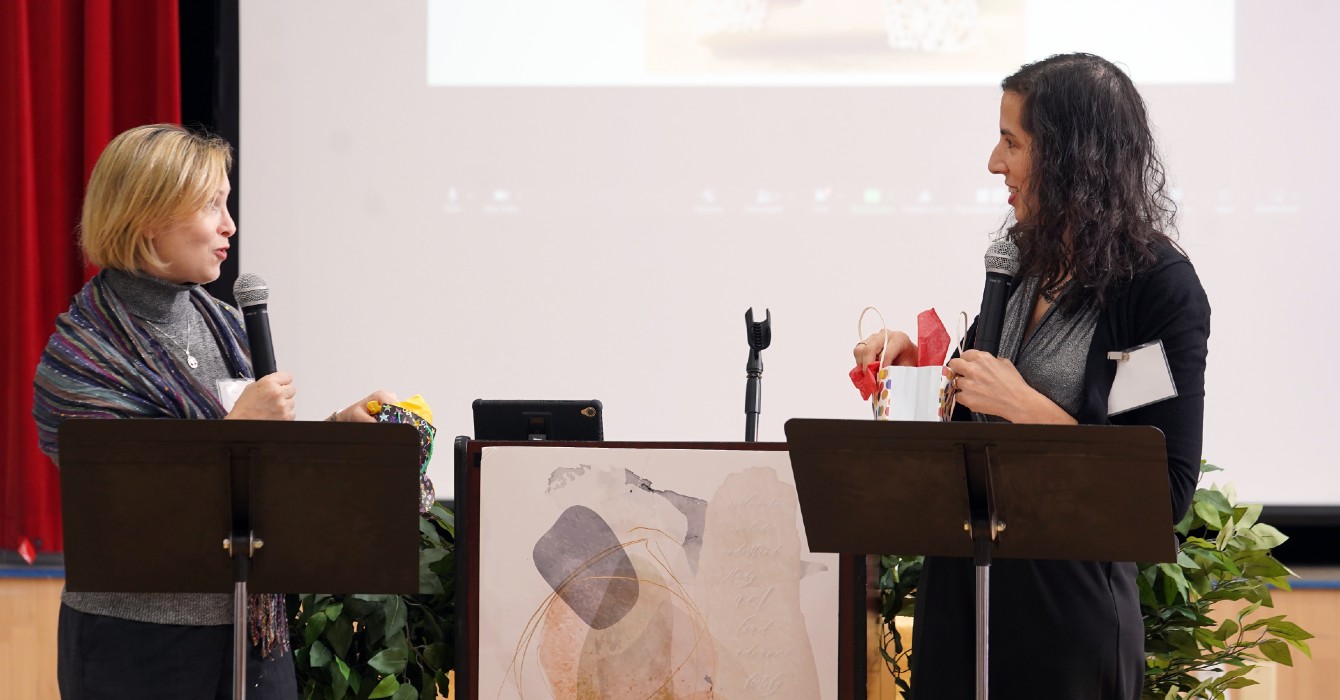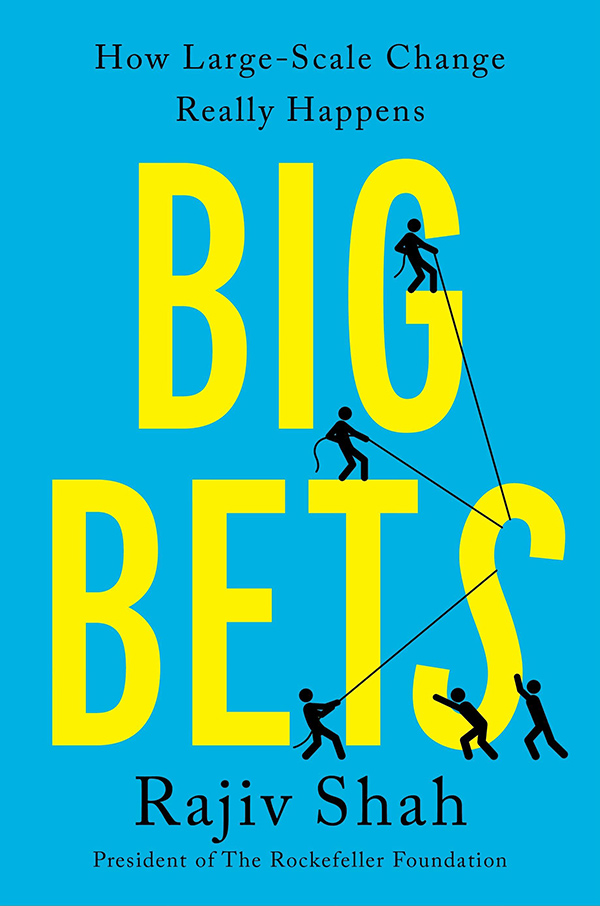Rabbi Owen Gottlieb’s career might look like a series of zigs and zags. But Gottlieb sees a coherent story, one that encompasses religion, technology, innovation and creativity.
His background includes training in modern, jazz, tap and ballet dancing; working for the Telluride Film Festival; earning a master’s degree at the USC film school; working as a software developer; teaching dance in the Negev desert in Israel; becoming ordained as a Reform rabbi and earning a Ph.D. at New York University.
It all comes together in his current work as the founder of ConverJent, which creates games for Jewish learning, and as an assistant professor of interactive games and media at the Rochester Institute of Technology.
“I guess the throughline is the combination of computing, storytelling, Jewish learning and Torah, and games as a nexus of all those things coming together,” said Gottlieb, who is also an affiliate faculty member at the MAGIC Center, a state-of-the-art research laboratory and game studio at RIT.
 Gottlieb was at Duke to talk about and demonstrate his new game, “Lost & Found,” which is designed to teach religious medieval legal systems. He spoke with Faith & Leadership about why he uses games in Jewish teaching and learning. The following is an edited transcript.
Gottlieb was at Duke to talk about and demonstrate his new game, “Lost & Found,” which is designed to teach religious medieval legal systems. He spoke with Faith & Leadership about why he uses games in Jewish teaching and learning. The following is an edited transcript.
Q: What’s the interrelationship between all these pieces for you -- the arts, the technology and the religion?
Throughout my life, I have been seeing the interconnections and relationship of divinity through the organic as well as the inorganic -- technology as the synthetic, the wilderness as the organic, and God in and through everything.
From a very young age, you know, 10 years old, I was already expressing some type of connection between those things.
I was a B-boy, a break dancer, in the ’80s in New York, and I would mix dances like Electric Boogaloo, where you make your body look like a robot, with flowing, Martha Graham-influenced movement. So I was very interested in that tension.
My senior thesis at Dartmouth was on representations of the mechanization of the body in Argentine cinema of the ’80s.
When I get to rabbinical school, I’m expressing connections between the organic and the inorganic as I come to be able to articulate my own theology, so it’s a theme in my life.
Q: So that brings us to what you’re doing now with games and Jewish learning.
One of the great dangers with technology is people think, “Oh, we turn it on and leave.” But we know it doesn’t work that way.
If media and technology is unmoored from curriculum, unmoored from teaching, unmoored from face-to-face, if it does not have a reflective process, it’s going to be just as ineffective as a blackboard that you don’t use or a whiteboard that you don’t use.
Q: People might think that games are a frivolous way to engage serious religious learning and teaching. How do you respond to that?
If the community has anyone from childhood to late 40s, those people all grew up with video games. Those people are already playing video games. They’re just as much a part of their culture as -- if not more than -- film, music, books.
Games now have a larger box office than film and music combined. To what extent do we want to reach people where they are?
Each media type has things that it is better at. Radio is known for being one of the most intimate of media, because it sounds as if the broadcaster is speaking to the individual person. Novels can take you into the mind of someone else.
Games are very good at modeling complex systems and procedural behaviors. And they’re good at teaching problem solving.
I try to look for those spaces in which we can think about modeling and problem solving and interactivity -- whether that’s teaching about religious literacy or people playing with religious experience and theology or cultural practices.
Q: Tell me about your game “Jewish Time Jump: New York,” which was nominated for Most Innovative game at the 2013 Games for Change Festival.
In “Jewish Time Jump,” the players’ iPhones become their time machines. They play onsite in New York City, and they get media based on where they’re standing.
It’s built around Washington Square Park, and the story takes place from 1909 to 1911. They jump backward and forward in time, playing reporters. Their job is to gather a story that’s about to be lost to time, and they’re sent back by this fictitious editor of the Jewish Time Jump Gazette.
They land on the eve of the Uprising of the 20,000 in 1909, which is to this day the largest women-led strike in U.S. history (although we’ve just had a women’s strike, so we’d have to figure the numbers on that, actually).
But 20,000 to 30,000 people, mostly shirtwaist workers, go out into the street. They’re striking for mistreatment, for wage issues -- all kinds of issues. At the end of that strike, almost every shop unionizes.
The largest of the factories that do not unionize is the Triangle Shirtwaist Factory, which goes up in flames [two years later], and 146 mostly Jewish and Italian women perish in that fire.
Players are actually at the building where the fire took place, and they can see the photo of the firefighters fighting that fire from the angle that they’re standing.
It changes the American labor movement forever. All the labor laws eventually come out of that, post-trial.
From a history education perspective, there are a number of things I was trying to do, along with civic and democratic education.
How can we make a physical outdoor location through these geolocative games or augmented reality games be kind of like a living museum? How can we tie enduring historic themes in through this?
What’s the relationship of a sweatshop in 1909 to a sweatshop in 2017 in New York City? What’s the relationship of a sweatshop that crumbles in 1911, or goes up in flames, to one that crumbles in Bangladesh in 2012?
The finale of the game -- this is a spoiler alert -- is that it is revealed that the iPhone or iPad that you’re playing on is the site of a labor dispute. Workers in China at Foxconn who are making the mobile device were jumping out of the building. Players then learn what Apple is doing to try to mitigate that.
When you are a reporter, you have to gather different perspectives. So players have to -- they interview manufacturers, bosses. They interview strikers. They interview journalists. Many of them will meet Abraham Cahan, the editor of the Jewish Daily Forward at the time.
One of the things in civic and democratic education and in good history education is tying those enduring historical themes in. What does history mean not just yesterday but today, and also in terms of multiple perspectives?
I think you also are asking about theological questions. Jewish studies is made up of many different parts -- history, language, theology and Jewish thought, ranging from medieval to modern, homiletics. There’s such a wide range of what we would consider Jewish studies.
I chose the history branch because I was seeing really good history teaching being done in games as an entry point for that aspect of Jewish studies.
I draw ties between Jewish tikkun olam -- the term being used contemporarily for social justice in the Jewish world -- and the connection between civic and democratic education. So I think, from a theological perspective, that’s a really good place where we can tie together the public interests with people who are devout.
Q: So you are meeting kids where they are, not just making a game where you put Jewish faces on characters or give things Jewish names.
Part of it is, how can you have an active learner? It was very exciting for me to see a variety of different learner behavior during the play of “Jewish Time Jump.”
For example, some people really loved reading the articles from 1909, and they would read the entire front page of the newspaper or the whole section that we had translated from Yiddish. They would sit on a park bench and they would read the newspaper. That’s wonderful.
Then there were people who were so excited about rushing through and getting to the end of the game, and they ran around the park and they evaded the shtarkers (the people who were trying to beat up the strikers), and maybe they ran into the Tammany cop who might try to threaten to send them off to prison.
For me, part of “Jewish Time Jump” is the excitement around letting learners learn in different ways with the same access to material.
Q: How does that dovetail with the desire for institutional religions to continue by attracting younger people?
If institutions place too much emphasis on their reproduction, they will usually miss out on the things that allow them to reproduce.
Irwin Kula has spoken very eloquently about this. The purpose is the more important part. What’s exciting about being Jewish? What’s exciting about being Christian?
I often will say, for “Jewish Time Jump,” what does it mean for a 12-year-old girl to stand in Washington Square Park and realize that 100 years earlier, someone very much like her great-grandmother led 30,000 people out into the streets?
What kinds of conversations might she have with her mother, her father, her grandmother, her grandfather that create the kind of bonding and ties of identity and understanding and passion, whether that leads into one institution or the birth of other institutions?
I think it’s that excitement and passion that’s going to -- rather than reproduce -- to continue our cultural legacies.
Because they can’t just be reproduced. They need to be enhanced and changed and shifted. That young girl is going to need to tell her story, hopefully, to her children. But it will be a different story than her grandparents’ story.
Q: How would you like religious leaders to think about this world of gaming and technology?
One, don’t think that technology is a tool to solve your problems. It’s very easy to think that technology is an answer or a silver bullet, and it’s not, so don’t fall into that trap. That’s not easy for many institutions to do.
Where are the learners you wish to reach? How can the people teaching and working with those learners learn the vernacular?
If you have people who are playing games, how might you find a way to help encourage their exploration of their religious heritage through that?
What are the affordances of the media, and how can they be aligned with what the teaching goals are?
For example, there are many, many people playing “Minecraft.” How might that be leveraged? There was a student who did his whole bar mitzvah in “Minecraft.”
“Minecraft” is very good for designing structures. So if I wanted to look at how the Mishkan [tabernacle] was built, that’s a design structure. That may be a very interesting thing to explore in “Minecraft.”
But then we ask other questions, because we’re not just teaching about how the Bible says to construct the Mishkan, but we’re asking the questions about ethical, moral dilemmas, these kinds of situations.
What type of game system would allow for those types of discussions? That may be more of a role-play situation, and you can use technology to help.
So look for the areas in which you can match the media that people you’re interested in reaching are using. Then you ask, how can you creatively connect that to the kind of lessons you want to pass on?












